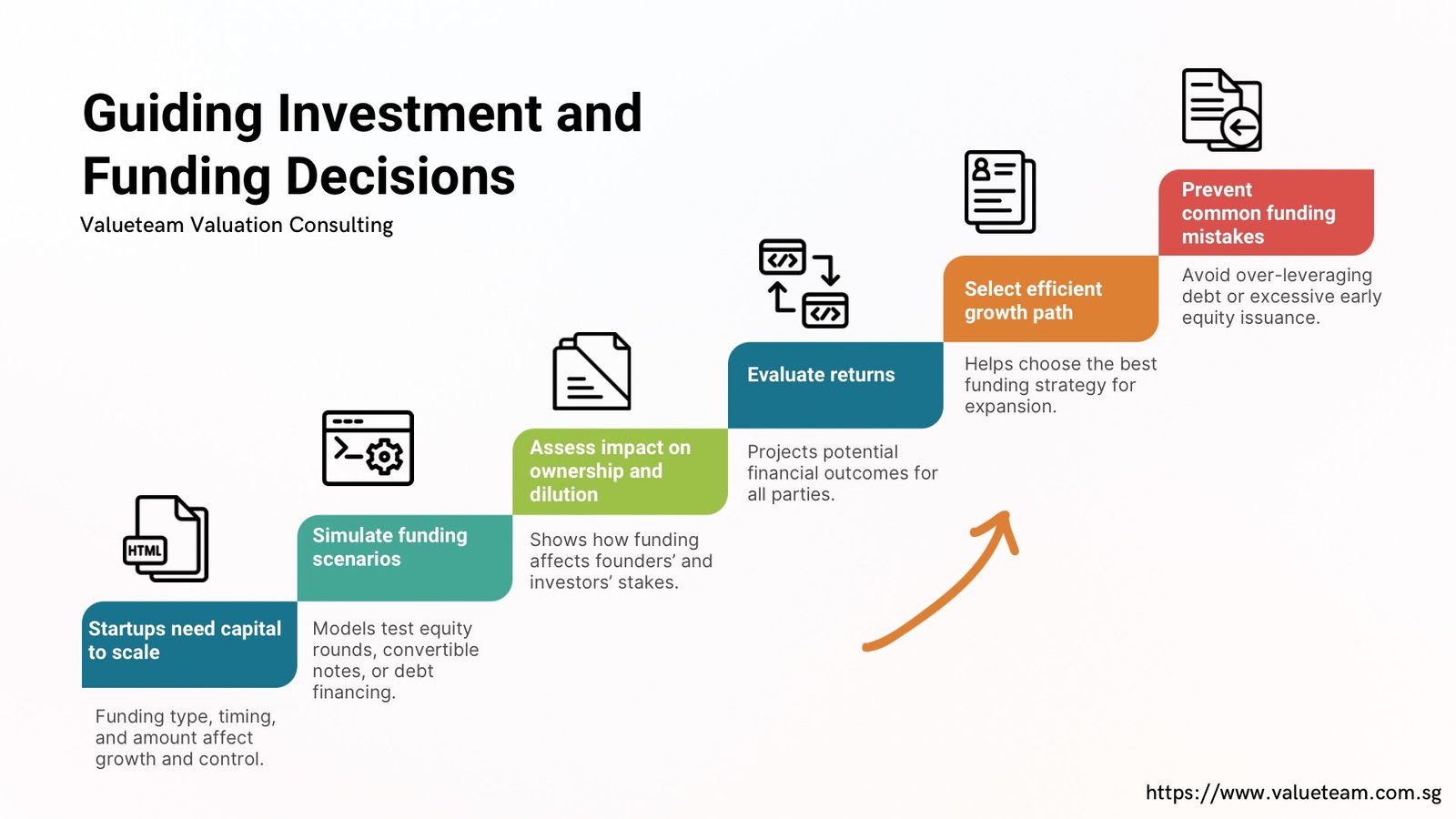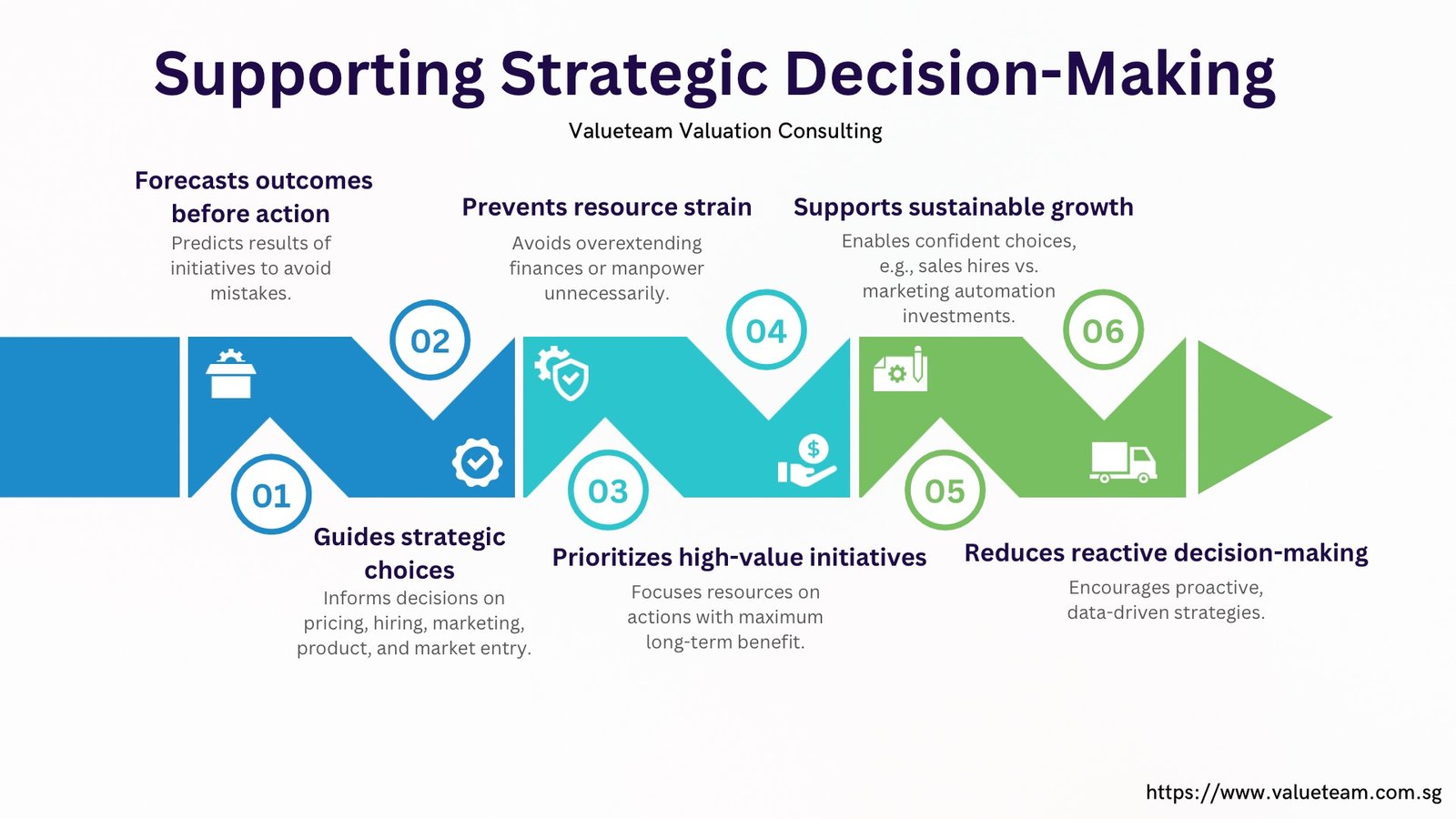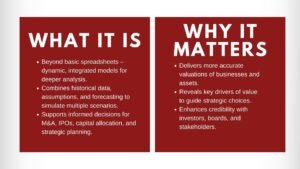3 Amazing Financial Modeling in Building a Sustainable Startup
3 Amazing Financial Modeling in Building a Sustainable Startup
Introduction: Financial Modeling as a Startup Compass
For startups, resources are limited, risks are high, and uncertainty is constant. Every decision—hiring, product launch, marketing spend—has an outsized impact on survival and growth. Financial modeling provides a structured framework to navigate this volatile environment. By projecting revenues, expenses, cash flow, and funding needs, founders gain a clearer picture of their business trajectory, enabling informed, data-driven decisions rather than reactive choices.
A well-designed financial modelingfinancial modeling is more than a spreadsheet; it acts as a strategic compass. It not only predicts financial outcomes but also highlights dependencies, bottlenecks, and opportunities. Founders can use models to test “what-if” scenarios, plan for different market conditions, and communicate the story of their startup in a way investors, employees, and partners can understand. In an ecosystem where agility and foresight are critical, financial modeling transforms uncertainty into actionable insights.
Forecasting Revenue and Expenses
Start up company valuation often face unpredictable revenue streams, especially in early stages when product-market fit is still evolving. Financial models allow founders to create multiple revenue scenarios—optimistic, realistic, and conservative—while estimating operational costs such as salaries, rent, and technology expenses.
Why it matters: Accurate forecasting ensures that the business can cover essential expenses, identify break-even points, and allocate resources efficiently. It also builds credibility with investors, who need a clear financial path to profitability. For example, projecting different sales growth rates helps a SaaS startup understand whether marketing spend will generate sufficient revenue to sustain operations.
Managing Cash Flow
Cash is the lifeblood of any startup. Even profitable companies can fail if cash is not managed properly. Financial models track inflows from sales, investments, or loans and outflows for payroll, rent, inventory, and marketing. They also allow founders to simulate timing gaps between revenue recognition and actual cash availability.
Why it matters: Early detection of cash gaps enables proactive planning, whether through bridge financing, cost adjustments, or delaying non-essential expenditures. A startup that anticipates lean months can negotiate supplier terms, avoid overdraft fees, and maintain operational continuity—critical for sustaining investor confidence.
Guiding Investment and Funding Decisions
Startups need capital to scale, but the type, timing, and amount of funding significantly impact equity, control, and long-term flexibility. Financial models can simulate various funding scenarios, including equity rounds, convertible notes, or debt financing, showing their effect on ownership stakes, dilution, and returns for both founders and investors.
Why it matters: Modeling funding strategies helps founders select the most efficient path for growth while preparing compelling, data-backed narratives for potential investors. It also prevents common mistakes like over-leveraging debt or issuing excessive equity too early, which can dilute control or constrain future financing options.

Scenario and Sensitivity Analysis
Markets and customer behavior are inherently unpredictable. Sensitivity analysis allows founders to adjust key assumptions—such as growth rate, customer acquisition cost, churn, or operating expenses—to see how changes impact profitability and cash flow. Scenario planning can simulate best-case, worst-case, and moderate outcomes.
Why it matters: Understanding potential variations prepares startups for volatility and guides risk management strategies. It ensures that decision-making is resilient to market shocks, regulatory changes, or sudden shifts in consumer demand. For instance, an e-commerce startup can assess how a 20% drop in conversion rates might affect runway and plan contingency strategies accordingly.
Supporting Strategic Decision-Making
Financial modeling extends beyond numbers to inform critical strategic choices: pricing strategies, hiring plans, marketing investments, product expansion, and market entry decisions. By forecasting outcomes before implementation, founders can prioritize initiatives that maximize long-term value and avoid actions that strain resources unnecessarily.
Why it matters: Integrating financial course insights into strategy reduces reactive decision-making, improves resource allocations, and supports sustainable growth. For example, a startup can determine whether hiring additional sales staff or investing in automated marketing tools yields higher returns, allowing leadership to act confidently.

Conclusion: From Numbers to Sustainability
Financial modeling transforms uncertainty into clarity. It equips startups with a structured roadmap for growth, a tool for risk management, and a framework to communicate potential to investors.
By leveraging robust models, founders can anticipate challenges, evaluate trade-offs, and make smarter, forward-looking decisions. Beyond survival, financial modeling enables startups to balance short-term operational needs with long-term strategic goals, building a sustainable business capable of thriving in competitive and uncertain markets.







